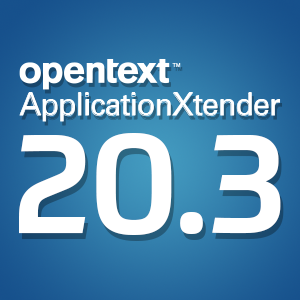Make your organization a lean, mean paperless machine
Friday, September 20, 2013Lean Six Sigma might sound like an intimidating name, but the concept it describes is actually very intuitive. Specifically, lean practices involve streamlining corporate processes to maximize efficiency, minimize waste and heighten quality, essentially tightening up the way your company does business, with the specific goals of improving customer satisfaction and improving the bottom line.
The Toyota Production System – piloted by, you guessed it, car manufacturer Toyota – is one of the most famous approaches to going lean, but you don't have to be in the manufacturing sector to take advantage of this process improvement methodology.
"The main gist of lean business practices is maximizing value for customers while minimizing waste and thus using fewer resources," explained DeAnna Stephens Baker in a recent article she penned for Pallet Enterprise, the United States' leading pallet and sawmill magazine.
Companies in virtually all industries can benefit as a result of applying lean concepts to everything from information management to employee protocols. The first step of the process involves identifying a business problem, getting the relevant change-makers on board and brainstorming ideas for viable solutions. From there, it's all about turning ideas into reality.
"Defining a business problem gives a reason for the changes and effort that lean practices require," explained the news source. "The reason could be company survival, competition, saving costs or one of many possibilities."
This is where leveraging document conversion services might come in.
Achieving process improvement
Teams headed by "change agents" (people designated to spearhead lean conversions) may be tasked with tackling the problems of shrinking office space or eliminating disorganized record-keeping. Before they can implement effective remedies, however, they need to analyze the current status quo, zero in on areas of weakness and determine how best to combat the challenges they unearth. In the cases of both of the above examples, the solutions may well involve going paperless – or, at the very least, leveraging document imaging services to some extent in order to reduce reliance on clunky, inefficient paper-based processes.
For instance, digitizing just a few filing cabinets' worth of records can open up a significant amount of physical space in an office (enough, perhaps, for a couple more desks or a larger break area), as well as making it easier to search for specific information.
Brought to you by Image One Corporation, providing complete information governance since 1994.




